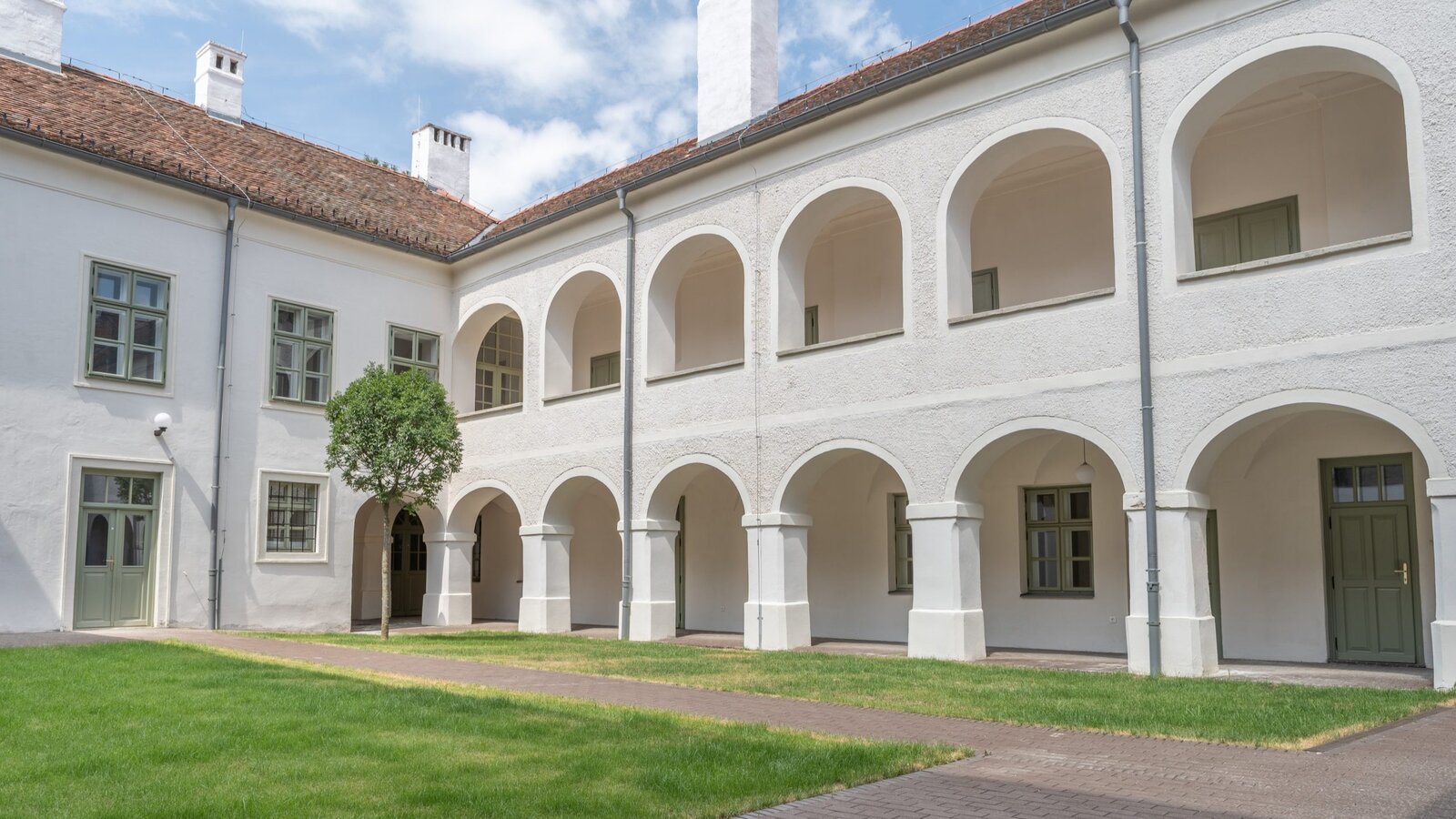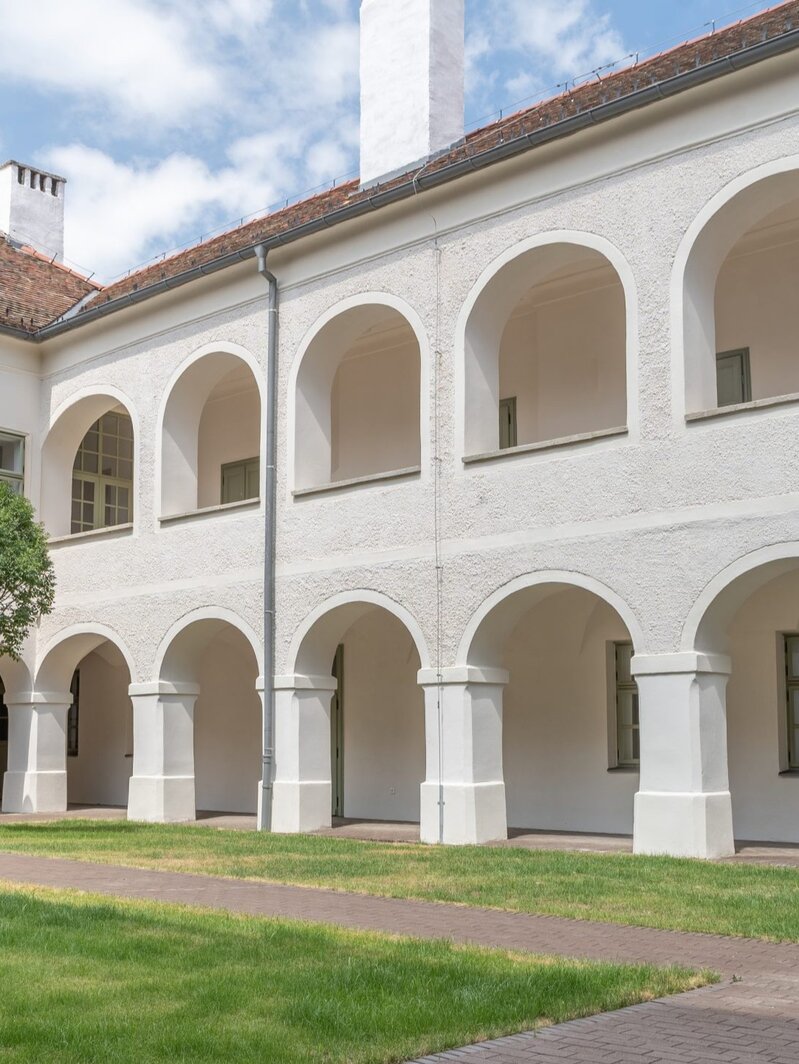Festetics-Chernel Palace


Introduction
The origins of the building, which also incorporates the former city wall, date back to the 16th century. Imre Festetics, one of the first discoverers of the fundamental laws of genetics, purchased the building in 1802. purchased the building in 1802, which later became the property of the Chernel family through marriage. After nationalization, council offices were established in the building.
A Storied Legacy of Elegance and Scientific Advancement
The first phase of the 2017-2018 historic building reconstruction involved complete exterior and interior renovation. As part of the restoration work, the exceptionally valuable Baroque wall paintings discovered during the excavation of the salons were restored.-rococo wall paintings, which were discovered during the excavation of the salons, were restored as part of the restoration work on the monument. .
The historical spaces and spatial connections in the building are noteworthy without disturbing the historical spaces and spatial connections, the new functions required by the new purpose were incorporated with the same naturalness as the former owner would have done. As a result of the renovation, the town of Kőszeg regained one of its most beautiful historical buildings, whose future is now secured thanks to the FTI-iASK, with the Hankiss Archive, with the creation of research rooms and public spaces, while the ground floor, formerly used as stables, will house exhibitions.
Accessibility
The Festetics-Chernel Palace is located in the center of Kőszeg, at 14-16 Chernel Kálmán Street. It is easily accessible on foot from Jurisics Square, about a 5-minute walk away. There are a limited number of parking spaces available in the surrounding streets. The building is well signposted, the main entrance and exhibition hall are barrier-free, and the public areas are accessible by wheelchair.
Source of content and images: iASK.

